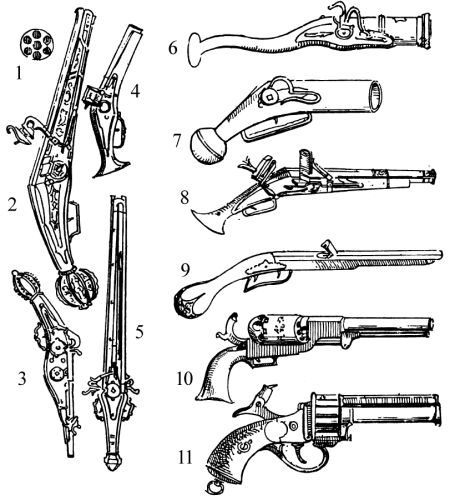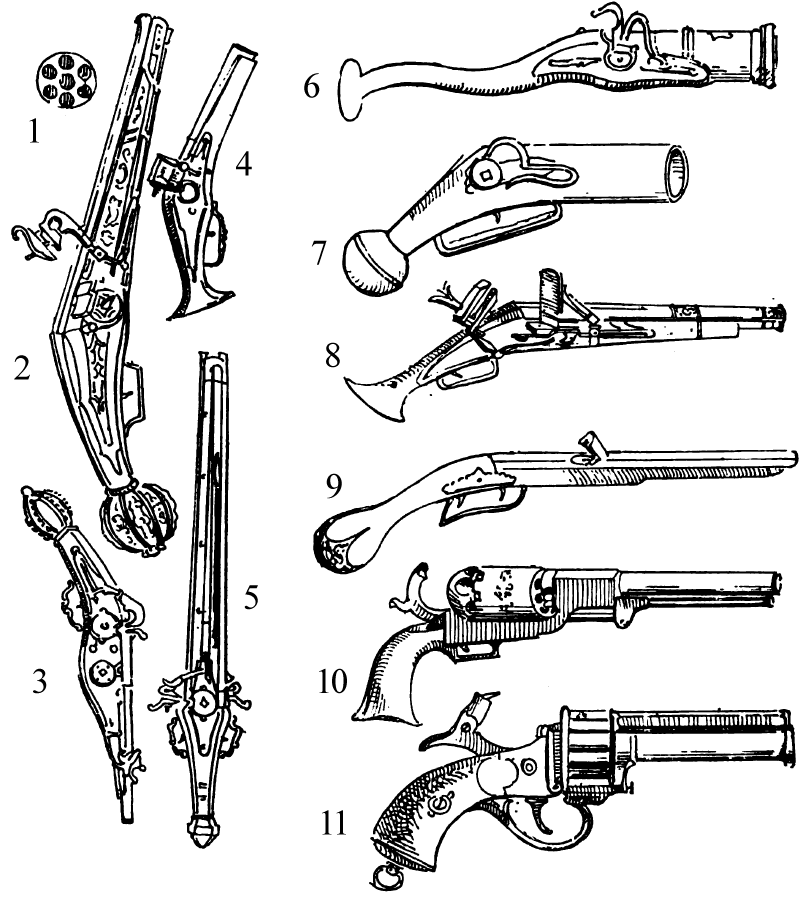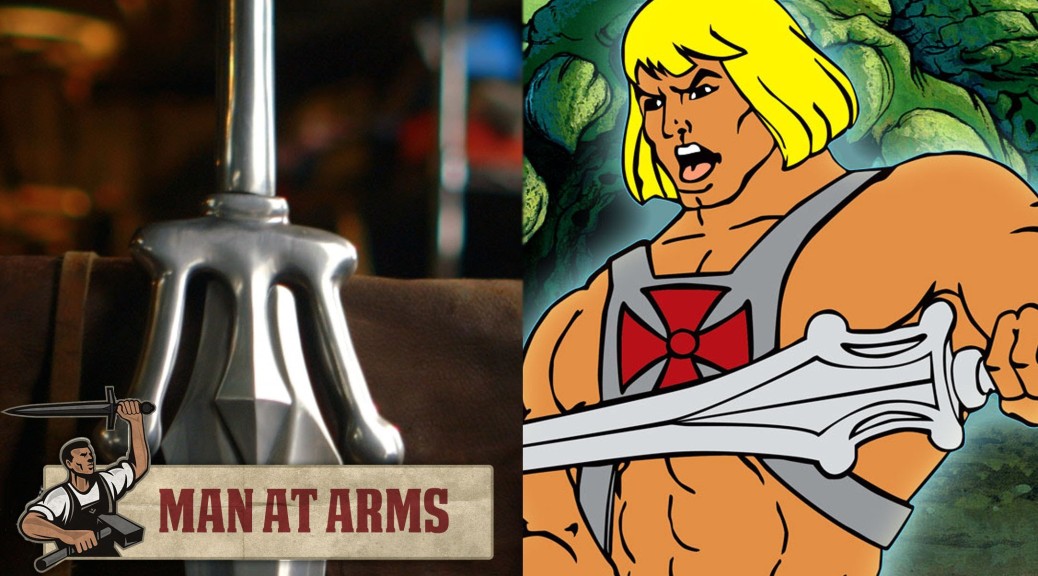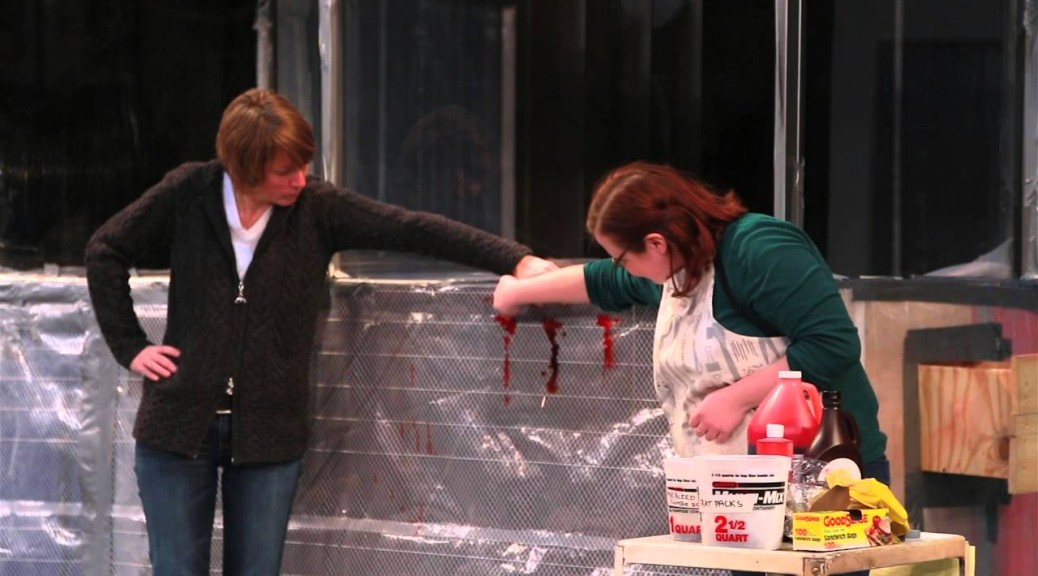This article first appeared in the February 20, 1927, issue of The New York Times.
With the trend of the drama toward realism it is obvious that the relative importance of the property man in the theatre must have increased considerably. In the barn-storming days of the early ’90s a revolver, a window-sash and a back-drop depicting Niagara Falls at its most gushing moment, comprised an almost complete set of props. Today, the man whose business it is to supply all the effects necessary to create an authentic background must produce as part of his day’s work everything from a flying carpet to a cat’s meow.
It is just such effects that William Bradley, who has been tracking the prop to its lair for lo, these many years, has on tap at his studios. Bradley’s first experience in playing valet to the stage began in 1885 when he worked at the old Standard Theatre. In 1892 he wandered out to Dayton, Ohio, with his trusty three-piece set of props. There he not only dressed the stage, but he also did a song and dance turn, tended door on the balcony, and also rehearsed the orchestra for the incidental music.
In 1908 Bradley returned to New York to begin work as property man with the late Henry B. Harris. It was while furnishing the Harris productions with properties that he conceived the idea of opening a studio upon which producers could call for data and incidentals. On Mr. Harris’s death Bradley started in the property supplying business. Today, no matter what article of stage adornment is necessary to a show he will usually find it.
Any number of interesting quests fall to his lot. Take, for instance, the little matter of shark teeth. It isn’t often that the voracious specimen of cartilaginous fish, or even any portion of his anatomy, is called upon to make a public appearance. Naturally, Bradley thought that the shark would be pleased—nay, even willing—to turn professional. But not a bit of it. The property man spent a lively few days trying to gather together enough shark teeth to make a necklace. He searched high and low and at last rounded up two stuffed shark heads with the idea of extracting the necessary ivories. But the heads refused to lose their teeth. So the hunt for the necklace continued.
It was a week later that Bradley journeyed to the Syrian quarter on Washington Street looking for some pipes for another production. He happened into a Turkish delicatessen store. It was bargain day for dried okra, and Mr. Bradley was the recipient of an idea. Buying the okra, which is usually used for soups, he took the bag of herbs to his studio, hung the pieces on a string, and thus was born a necklace of shark teeth that, so it is said, would have turned any South Sea Islander green with envy.
It was in Dayton that Bradley first met George C. Tyler, whose productions he now outfits. Mr. Tyler was, at that time, a press agent with an eye on the producing end of the business. But the two did not meet again until Mr. Tyler did Tarkington’s “Clarence.” Ever since then Bradley has found the props for all Tyler shows, whether they be modern comedy or historical drama.
It is necessary for the property man, if he is to make a real business of his work, to have at his disposal a fund of information concerning almost every historical period in almost every country. In “The Constant Nymph” for example, Bradley was called upon to supply the props for a Tyrolean home. This meant that he had to furnish the potato barrels, the clumsy stools and tables, the pottery from which the characters eat, and that they all had to be true to life. For the property man never knows when some experienced traveler or historian, or even a native of Tyrol, may be sitting out front waiting to catch him up. And natives of Tyrol, it seems, are given to doing this.
Periodicals from a specific locality are often difficult to procure. There is in “Tommy” a call for a telephone book from a small town in New Jersey. This was fairly easy, for it meant that the property man made overtures to the town and procured the required prop. The question of having newspapers of a definite date and place on the stage is another problem—not a difficult problem, to be sure, but one that demands the attention of the property man. Should the “prop plot” call for the current issue of a daily paper, it is that functionary’s job to see that each day a fresh paper is supplied. Only he knows how many people out front will catch a slip-up on his part—and how many have!
The greatest demands on the property man today are for modern appliances, such bathtubs and kitchen furnishings as are used, say, in “Saturday’s Children.” These are easy enough to furnish and a supply is always at hand.
Originally published in The New York Times, February 20, 1927.




